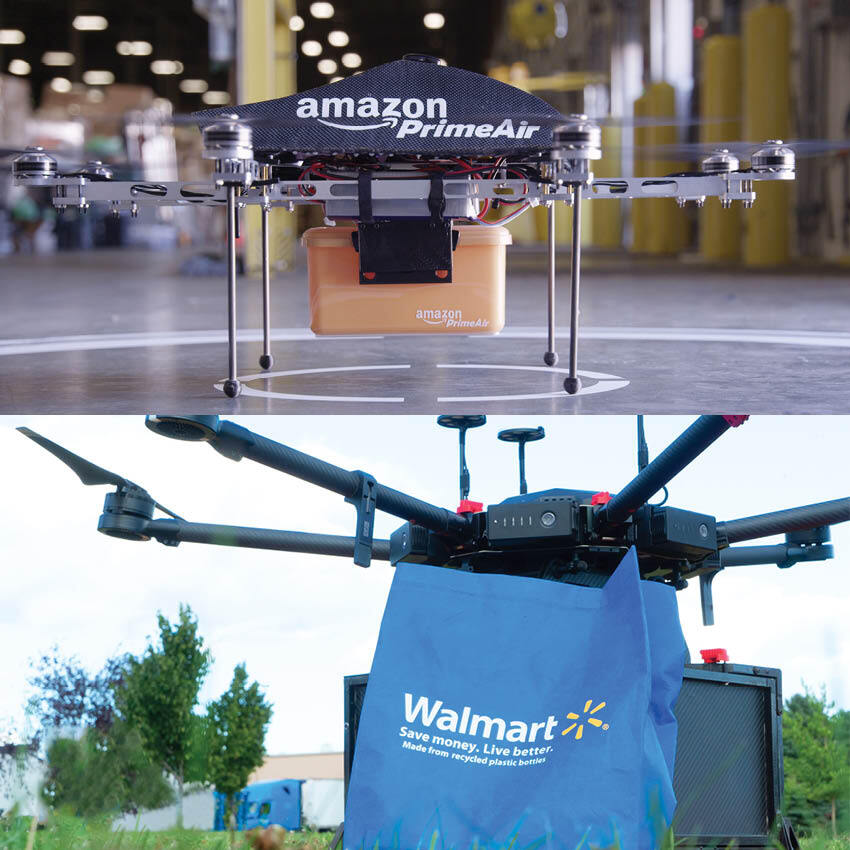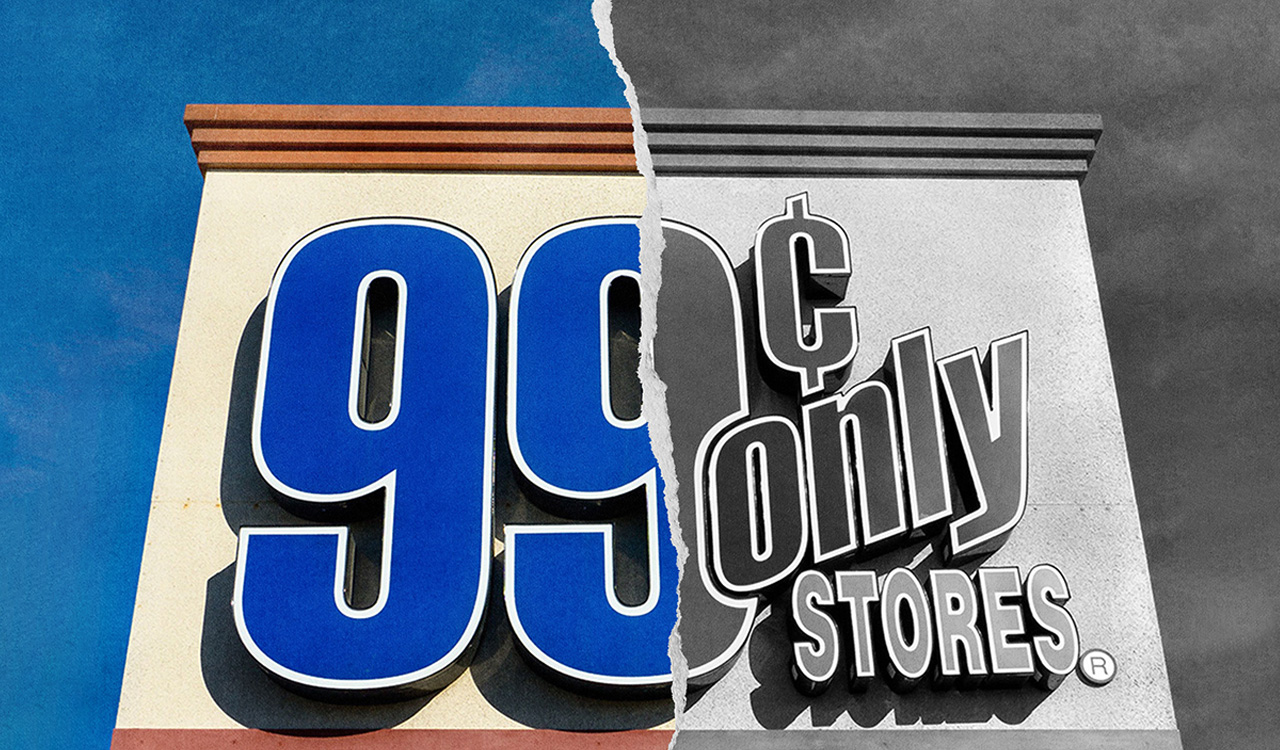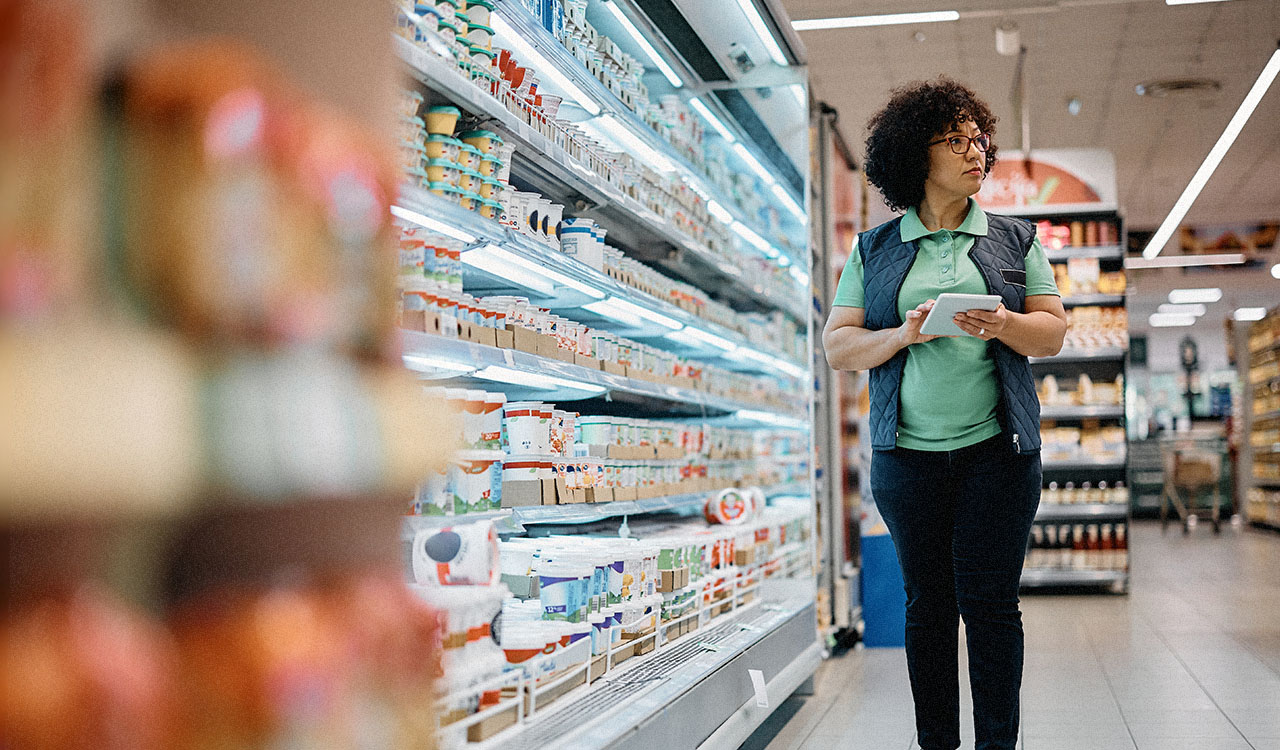During WWI and WWII, carrier pigeons (or homing pigeons) actually won medals for their valiant acts of bravery. The Germans even had photographer-pigeons with cameras strapped to their bellies, an intelligence system that was dropped only after aerial reconnaissance planes were introduced. By the end of the war France had mobilized 30,000 pigeons and declared that anyone impeding their flight could be sentenced to death.
[callout]Drones are the latest tactic of the larger rapid delivery strategy. And now that the biggest digital and physical giants are aggressively pursuing this “Jetson’s” era solution for airborne delivery, it would suggest that drones will, in fact, be a part of the industry’s future toolbox.[/callout]
Cher Ami, a heroic American Black Check Cock carrier pigeon, won the Croix de Guerre with Palm for his bravery. One of 600 birds flown by the U.S. Army Signal Corps, Cher Ami saved the lives of the 77th Infantry Division\’s \”lost battalion\” at Verdun by delivering 12 messages and returning to his loft with a shattered leg after he was shot. He died in 1919 as a result of his wounds. So sad.
Don’t worry. I am not crazy, although close to it when I think about the insane competitive race for the latest “last mile” delivery gizmo. And I couldn’t help myself in creating a trio of analogies: pigeons as flying GPS solutions; drones as their replacement and, well there’s “Superman.” I guess the idea of the noble pigeon has merit. But please, in New York City there is nothing noble about them. In my opinion, they are simply rats with wings.
By the way, two eagles attacked a drone in Austria recently, believing it to be prey.
Instant Gratification
Let’s get real. Other than “critical non-prescription medications, a thermometer, an emergency pack of diapers, or other such essential and immediate needs” as mentioned by Tom Ward, SVP of Walmart’s Last Mile Delivery group, who the heck needs a cup of coffee, a pair of jeans, or any other whimsical request of a likely spoiled next-gen — within 15 to 30 minutes?
Walmart and Amazon are pioneering the use of drones that promise delivery speeds in a matter of minutes. The physical (and now psychological) space between purchase and getting the goods into the hands of consumers, was coined by Jeff Bezos as “the last mile,” which Amazon has strategically prioritized to the point that they own planes, trains, trucks and all kinds of other rapid delivery solutions. Essentially Amazon has forced the entire industry to follow suit, including free shipping and returns. Accordingly, it’s interesting to note that Walmart has formed its “Last Mile Delivery” group, which gives a nod to Bezos.
Drones are the latest tactic of the larger rapid delivery strategy. And now that the biggest digital and physical giants are aggressively pursuing this “Jetson’s” era solution for airborne delivery, it would suggest that drones will, in fact, be a part of the industry’s future toolbox.
The Drone War
So, who will win in the race for perfecting this delivery solution: the behemoth from Bentonville or the disruptor supreme from Seattle?
In 2013 it looked like Amazon, once again, was poised to quickly preempt Walmart in deploying drones and nailing down the lead position in its use. A 60 Minutes show at the time featured Amazon announcing its experimental drone delivery service. CEO Jeff Bezos did acknowledge that it would take four to five years to turn the Prime Air R&D project into reality. The right technology along with a supporting infrastructure to safely deliver products to consumers was imperative.
So, eight years later, where are the Prime Air drones?
In August 2020 Amazon did receive the Federal Aviation Administration’s permission to begin conducting drone operations. The company told Time magazine in an interview, that it continues to collaborate closely with the FAA and other regulatory bodies around the world. It is running tests of the delivery program and has logged thousands of flight hours. Maybe the FAA is the bottleneck.
The FAA aside, Prime Air did have numerous internal challenges it had to deal with such as a pandemic with layoffs, then unexpected increases in workload and a pressured environment demanding unrealistic worker expectations, which Amazon is known for.
Walmart Advances
In the meantime, Walmart was not asleep at the switch. And rather than building the capability from scratch internally as Amazon is apparently doing, Walmart has teamed up with three third-party operators who have the expertise and skills to test and build the drone models, and to work with the FAA quickly and efficiently.
Walmart is partnering with Flytrex to deliver groceries and household essentials in Fayetteville, North Carolina. Another pilot project will be with Zipline, a company best known for its medical drone deliveries in African countries like Ghana and Rwanda, for on-demand deliveries of health and wellness products early next year. And it’s testing deliveries of at-home Covid-19 test kits with Quest Diagnostics and DroneUp in Las Vegas and in a Buffalo suburb.
Now, Walmart’s and DroneUp’s first multisite commercial drone delivery operations encompass three locations in Arkansas: Farmington, Rogers, and Bentonville, delivering items in as little as 30 minutes.
The Walmart Advantage
As I have said many times and, in many ways, Walmart’s overriding advantage across the entire industry is its some 4700 physical locations, stocked with 120,000 of the most purchased items located within 10 miles of over 90 percent of the U.S. population. These are both retail operations and fulfillment centers. This compares with 110 Amazon centers, which are for fulfillment only.
Once again, this is not rocket science. If a Walmart store/fulfillment center is within 10 miles of 90 percent of the population, by default, even without drones, they have a geographical lead in shortening the time and distance between purchase and delivery of goods to the ultimate consumer. Now, with drones, it’s a hop, skip and a jump to one’s front door. Further, Walmart is planning to allow small town shops to use its network of delivery drones through its GoLocal platform. And this represents a new revenue stream.
Good luck Amazon. You would be well advised to step up the pace of your physical store openings.




